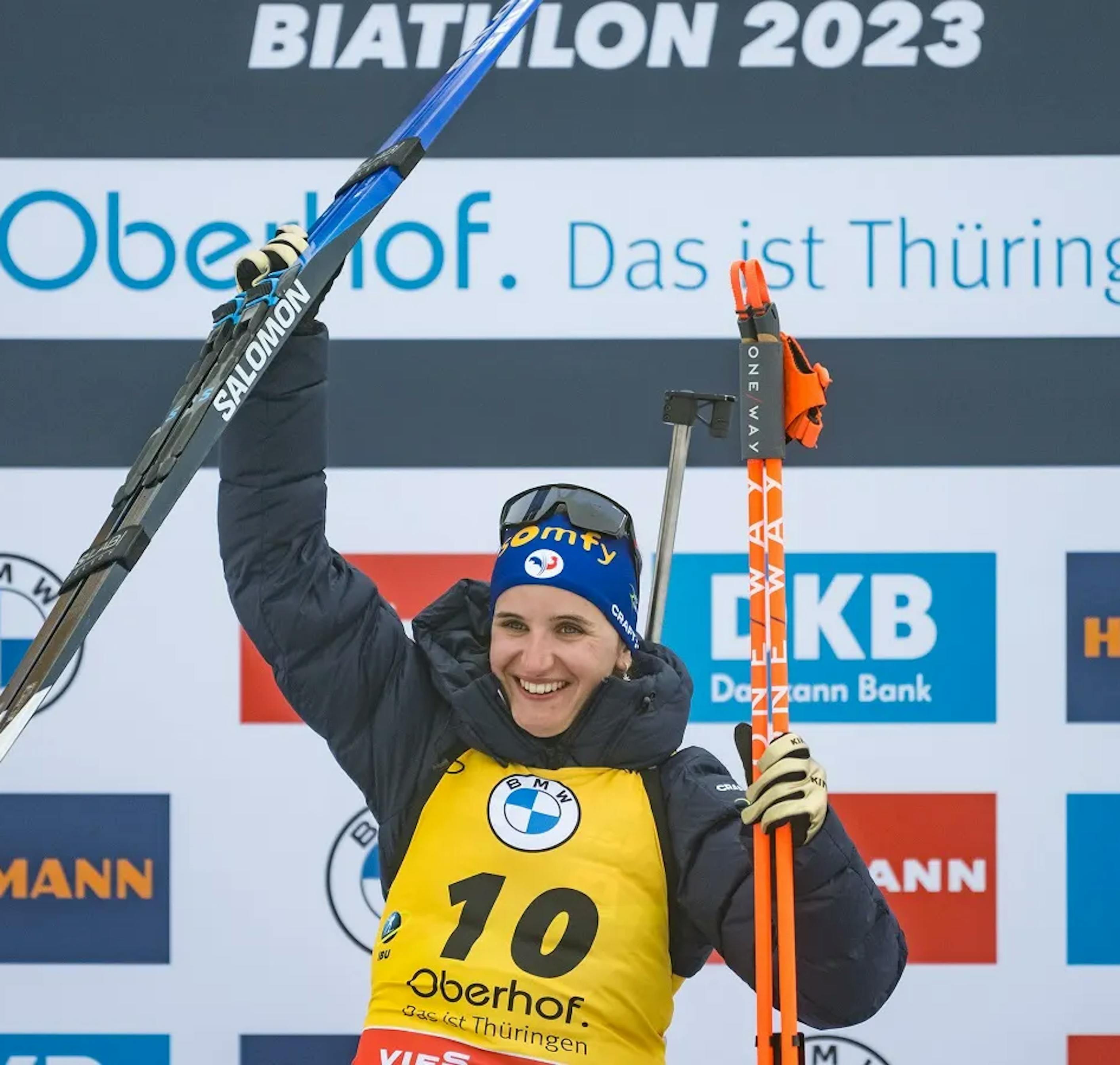Nordic skiing: techniques, equipment and advice for beginners
If you’re a fan of downhill skiing or snowboarding, you’ll already be familiar with all the joys of getting out into the mountains and snow!

Nordic skiing is a must-try activity if you want to experience amazing sensations and admire mountainous landscapes at the same time. Synonymous with freedom and escape, the sport is becoming increasingly popular and attracts many enthusiasts. Want to enjoy a stress-free start? Here’s our guide to all you need to know.
Nordic skiing: what are the benefits ?
Nordic skiing is a complete sport: it works the muscles of the body from head to toe, especially the legs and arms. By its very nature, it also improves endurance, cardio fitness and respiratory capacity.
But its popularity is also down to the well-being that it offers. It combines the pleasures of a snow sport with hiking. Particularly appreciated by nature lovers, it allows you to recharge your batteries, take the time to contemplate snowy vistas... and simply unwind!
The final advantage? This is an accessible sport. All levels are welcome: in ski resorts, you’ll have access to many different trails (from green to black) that cover both flat and hilly terrain.
Beginners will benefit from the classic technique while more experienced skiers will want to experience the glide and speed achieved through the skating technique. But what exactly are we talking about?

QUELLES SONT LES TECHNIQUES DE SKI DE FOND ?
What are the cross-country skiing techniques?
To fully enjoy the sport, there’s one important condition: adapt your technique to your physical condition! There are two ways of practicing Nordic skiing:
- The alternating step
This is the classic technique. Like walking, it consists of moving one ski after the other by gliding along two parallel lines known as rails. These are marked on the ground and guide your line of travel.
- The skating step
This is the style most often seen at competitive level. There are no rails to guide the skier: they glide forward by forming a “V” shape with their skis. The movements are similar to those used by rollerbladers and speed skaters. This technique is more complex and requires good physical fitness.
The basics of Nordic skiing can be learnt quickly. To make sure you get off to a safe start, practice your first sessions on flat trails using the alternating step. This technique allows you to gradually improve with each outing.
Good to know: to assimilate the techniques of Nordic skiing and the right movements, we recommend having at least one introductory or advanced lesson with an instructor. Once you’ve integrated the movements, you’ll be able to strike out on your own with more confidence.

3 essential pieces of kit for Nordic skiing
The different Nordic skiing techniques require specific types of equipment. Before you hit the trails, make sure you choose the right gear:
- SKIS
For classic cross-country skiing (using the alternating step), skis are fitted with an anti-recoil system and some form of grip on the underside such as scales, skins or wax. Conversely, for the skating style, the underside of the ski is smooth and glides easily. The aim is to facilitate forward propulsion.
NB: to choose the right size, classic cross-country skis should measure 30 cm longer than your height (20 cm for skating skis).
- BOOTS
Classic cross-country ski boots are relatively flexible and cut low to allow your ankles complete freedom of movement. Skating boots are slightly stiffer and have a higher upper to hold your ankles and feet securely in place.
- POLES
These are essential, regardless of your level, the technique used or the type of terrain.
Clothing and gear: what you need to know
Having chosen your equipment, all you need to do now is cover up! These are our tips for comfortable and safe skiing.
WHAT TO WEAR
In terms of clothing, use the 3-layer system for the upper body:
- Start with snug-fitting thermal underwear designed to quickly wick away perspiration. Your cotton T-shirts should therefore stay firmly in the closet!
- The second layer should be a fleece jacket to retain body heat, or even a down jacket if temperatures are really freezing. You can sometimes do without this second layer if the weather is warm or you’re working really hard.
- The third layer will be a flexible waterproof jacket (or windbreaker) that allows comfortable movement and protects you from the elements.
For the lower body, you can buy cross-country ski tights. Winter running tights are also suitable. If the weather is really freezing, opt for cross-country ski pants that provide more warmth. Finally, wear thin socks for optimal comfort.
HOW TO CARRY YOUR BELONGINGS
In order not to hinder arm movement, a Nordic skiing bottle carrier belt is ideal. It sits in the small of your back and allows you to comfortably transport a water bottle and personal effects.
HOW TO PROTECT YOUR EYES
In the mountains, you’ll need to protect your eyes from sunlight reflecting off snow, glare and cold! Without this protection, skiers risk frostbite of the cornea and eyelids in particular. The symptoms of this condition are a sensation of stinging in the eyes and fogging of vision.
For effective protection, check out Julbo’s sports sunglasses. Specially designed for the practice of Nordic skiing, they’re fitted with REACTIV lenses that adapt to ambient light levels. They also protect you from cold, wind and foreign objects, regardless of the conditions. In poor weather, turn to our visors for Nordic skiing and gain visibility on the ground!
> Also see: Protect your eyes when cross-country skiing?



